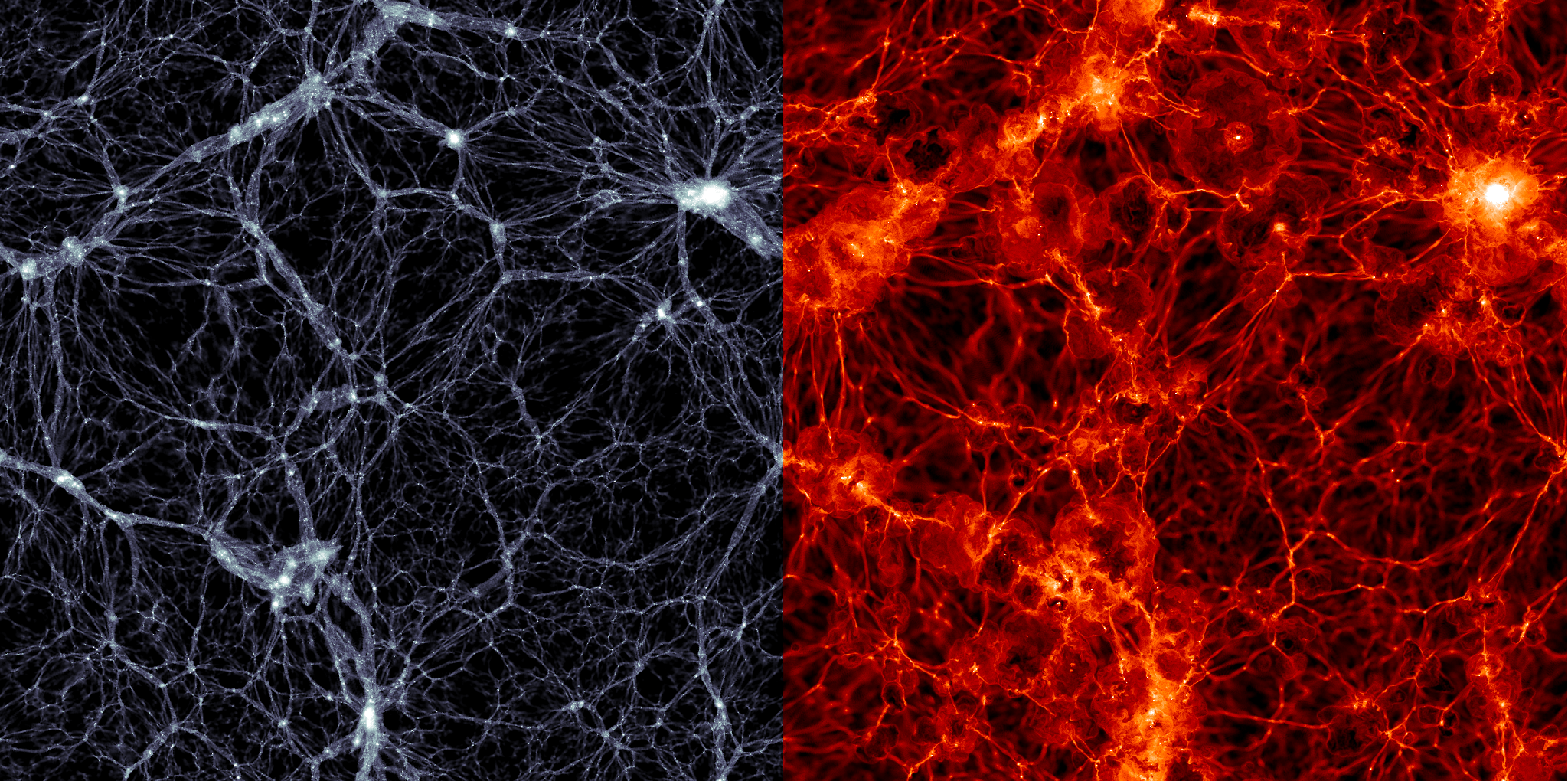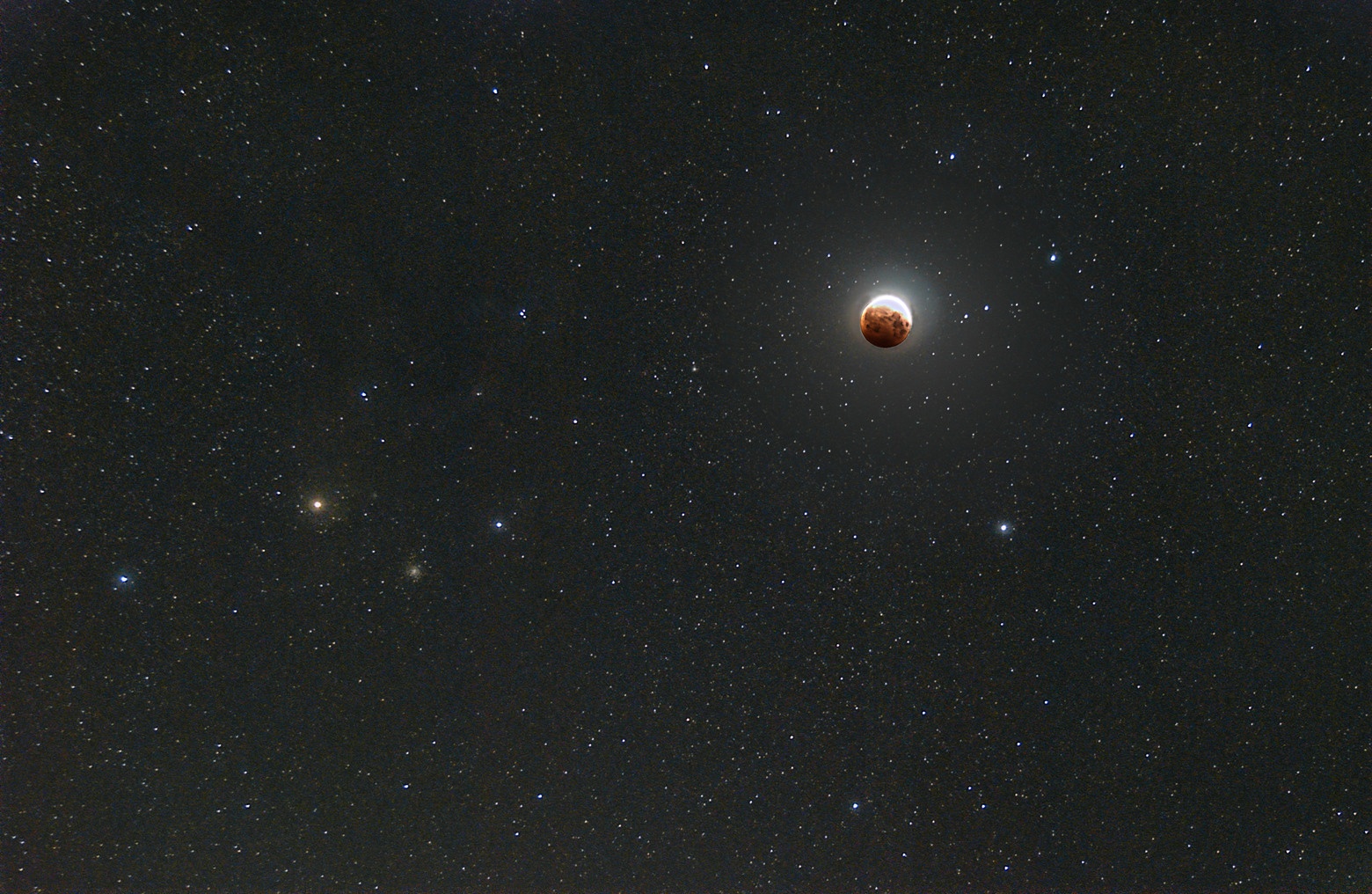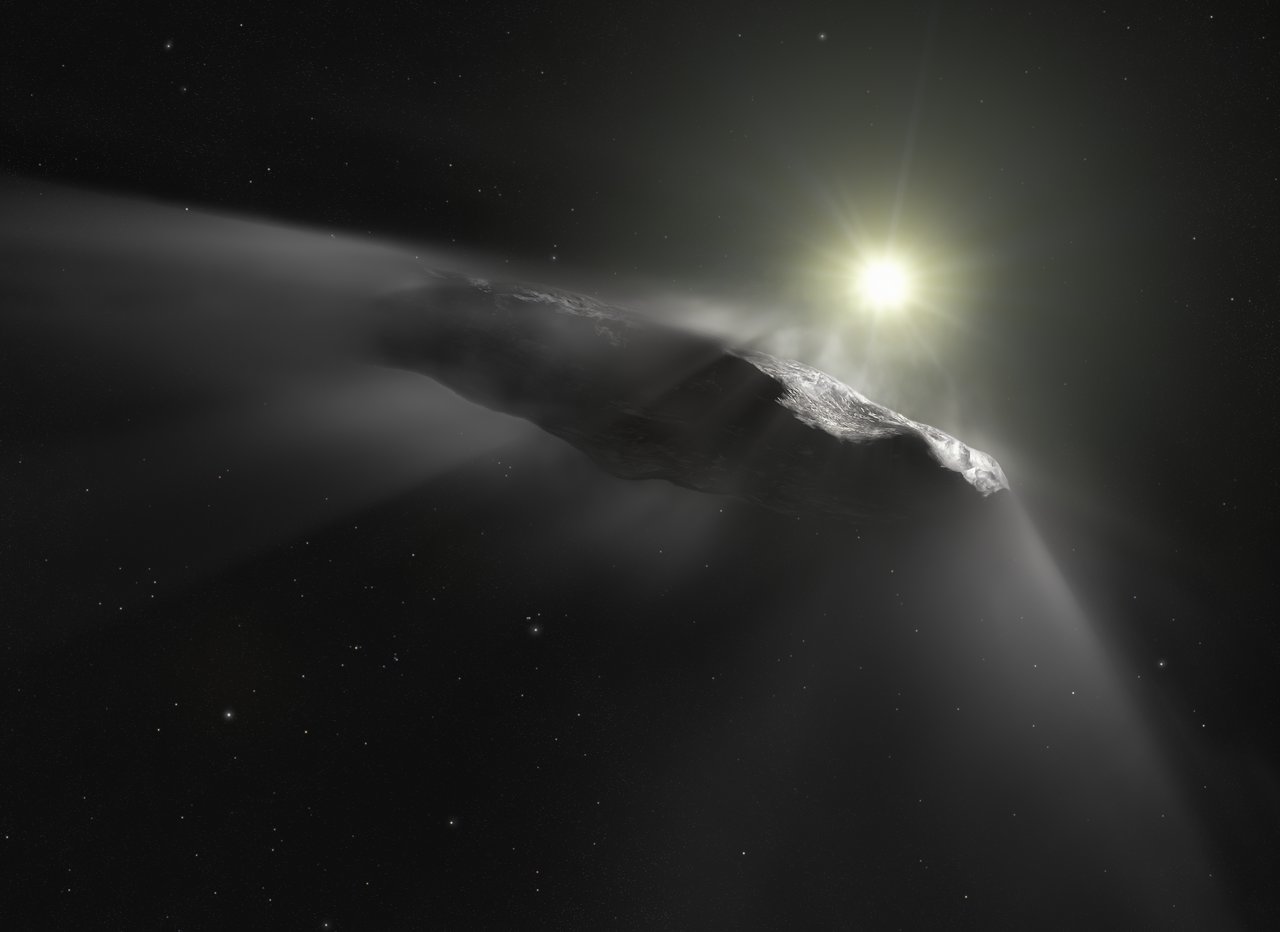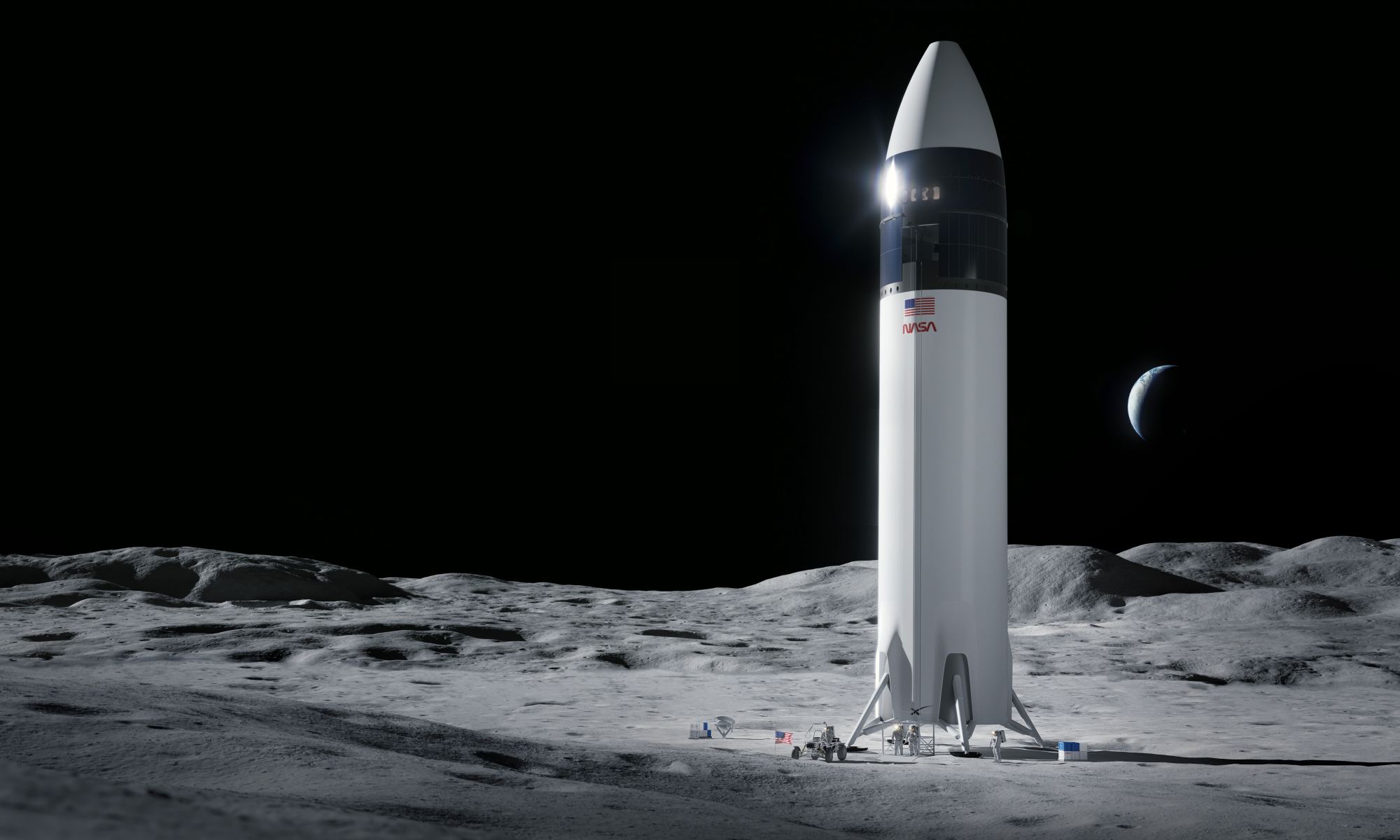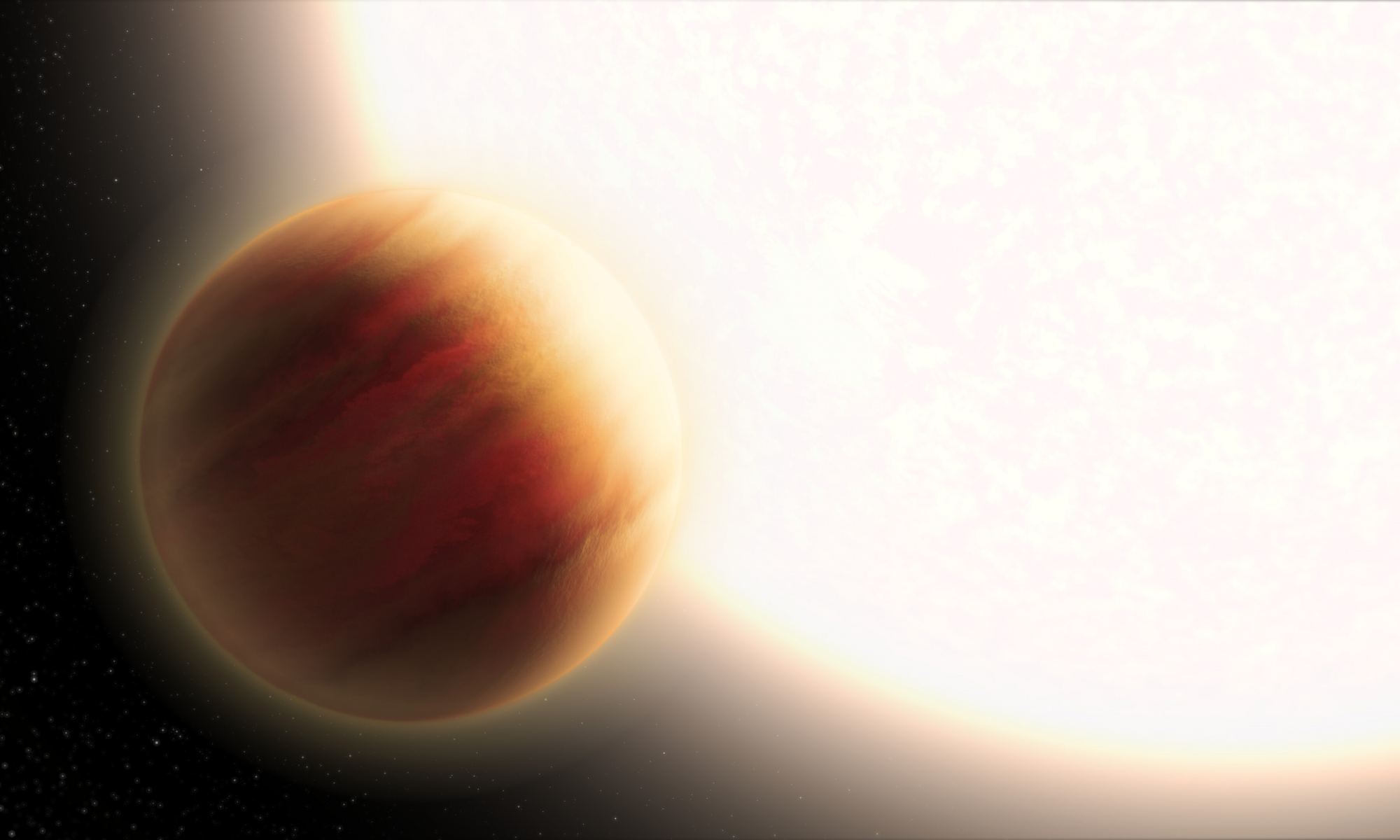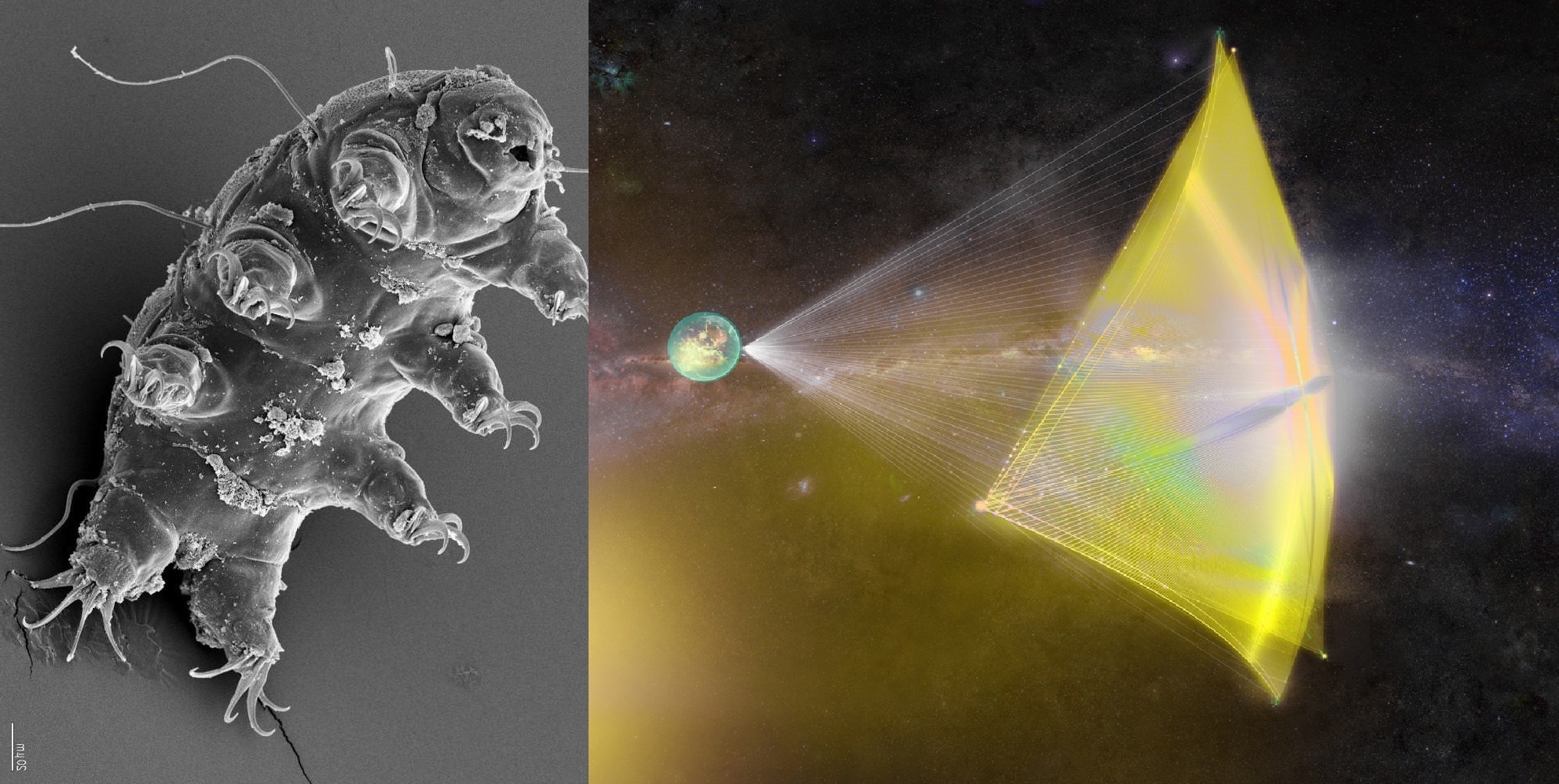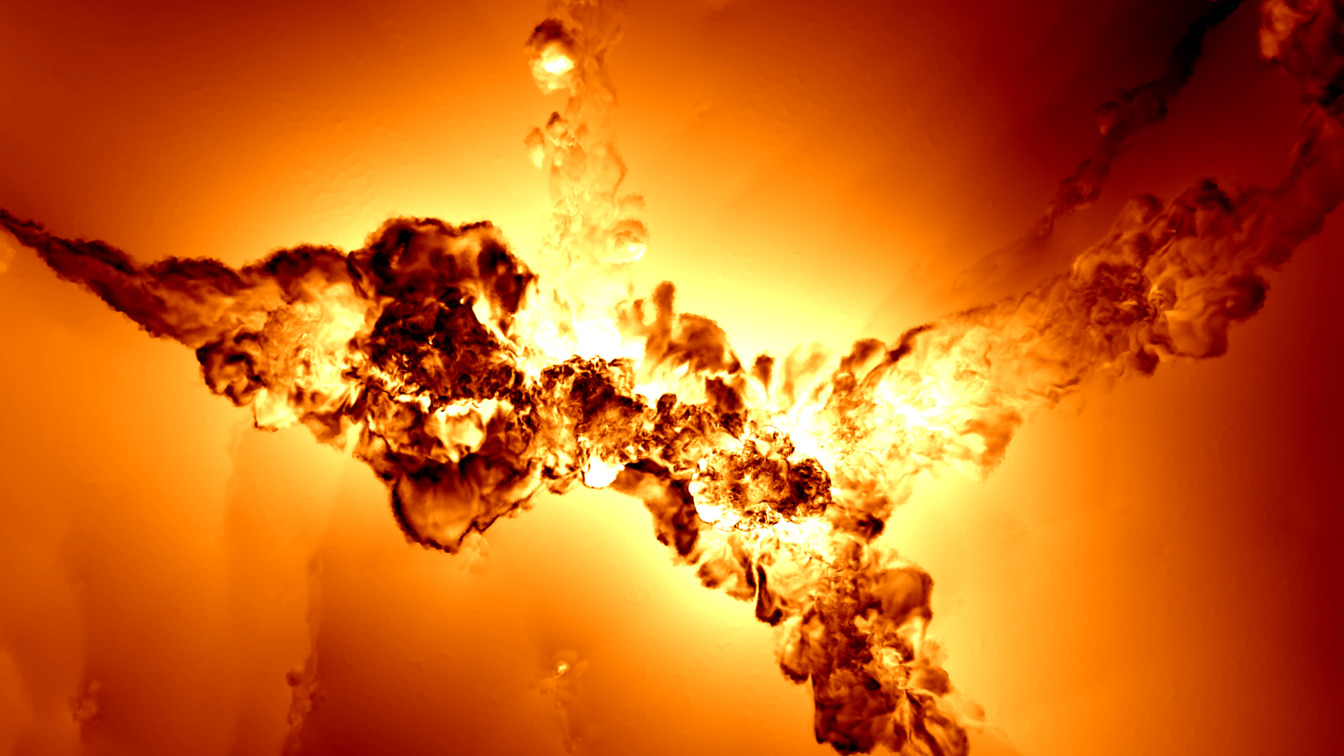For today’s commercial space companies providing launch services to orbit, the name of the game is simple: “do it cheaper.” To reduce the costs of launching payloads to space and encourage the commercialization of Low Earth Orbit (LEO), entrepreneurs have turned to everything from reusable rockets and 3-D printing to air-launch vehicles and high-altitude balloons. And yet, there is one concept that truly seems like something out of this world!
This concept is known as a mass accelerator, a kinetic energy space launch system that is an alternative to chemical rockets. In recent news, the commercial space company SpinLaunch conducted the first launch test of its Suborbital Accelerator for the first time. The success of this vertical test is a crucial stepping stone towards the creation of the company’s proposed Orbital Launch System (OLS), which will conduct regular payload launches soon.
Continue reading “SpinLaunch Hurls a Test Vehicle Kilometers Into the air. Eventually, it’ll Throw Them Almost all the way to Orbit”


